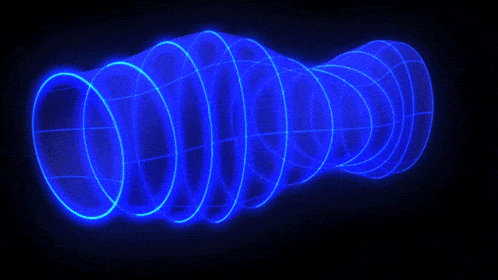The physics of stopping a meteor with one punch

The greatest new anime of 2015 has some incredibly powerful feats. Here’s the physics of the most sensational one.
“Human beings are strong because we have the ability to change ourselves.” –Saitama, One Punch Man
Outer space is full of objects, and they all move relative to one another. If all we had were two masses — a system like the Earth and the Sun, for instance — then we wouldn’t have to worry about a third object coming in and messing things up. But our Solar System is very different from that: we have many massive planets and their Moons, we have an asteroid belt between Mars and Jupiter full of precariously balanced rocks ranging from pebble-sized up to the size of Texas, and we have a slew of icy worlds beyond Neptune that go all the way up to half the size of the continental United States. And that doesn’t even consider the rogue rocky and icy bodies that come from beyond our Solar System. From a certain point of view, Earth is constantly under attack.
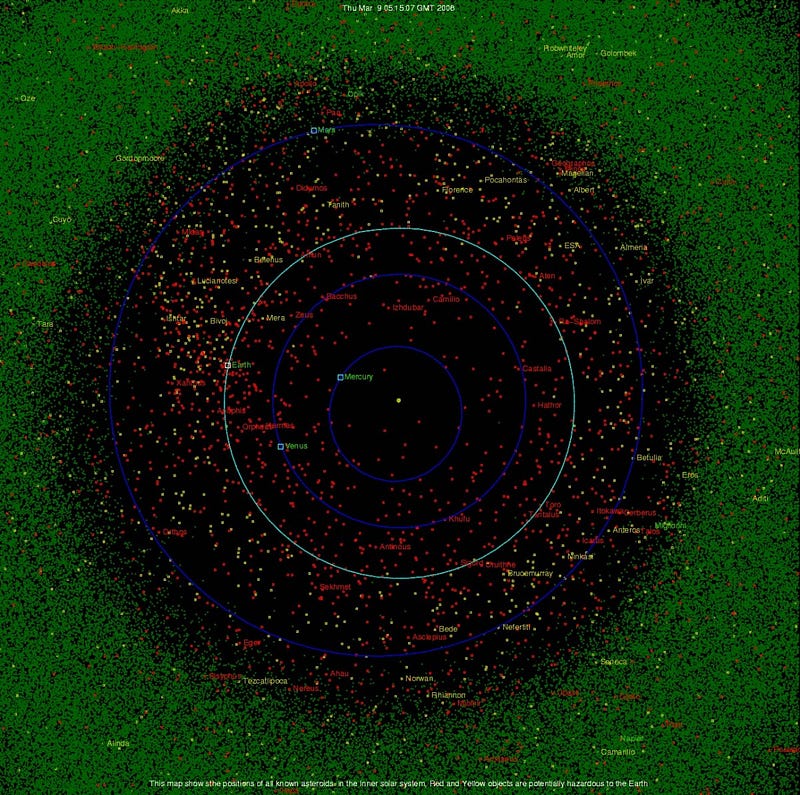
Giant impacts from space are a low-frequency, low-risk but high-destruction threat looming over us. And the way we quantify that threat is through theTorino scale, where the highest numbers represent the greatest threats to human civilization and potentially our survival entirely.

An impact of an “8″ event would cause devastation to a city if there were a direct hit or an ocean impact just offshore, ”9″ would destroy an entire city and significantly more, could alter the climate and/or cause a global tsunami (and has never been seen since the ice age ended), while a “10″ would cause a mass extinction unseen since the dinosaurs’ demise. If one of these objects were destined to hit us, we presently have no way to stop it, especially if we realized it at the last minute.
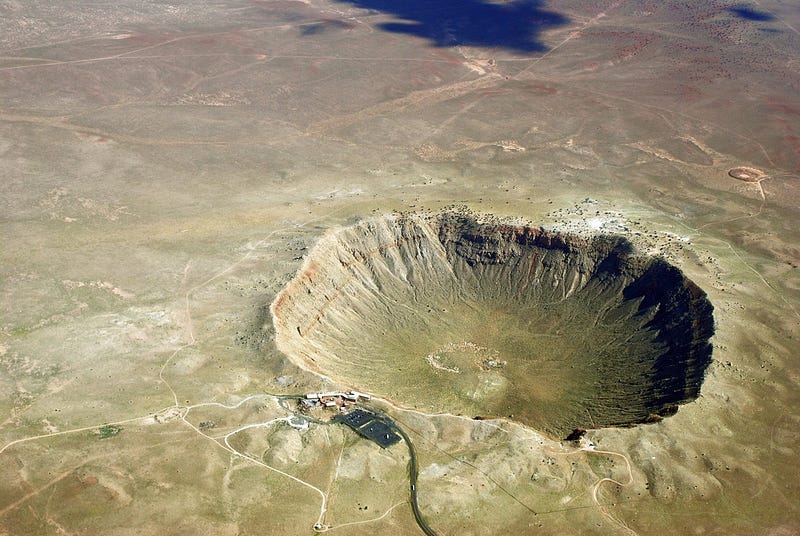
So imagine there were someone who could stop it. Imagine you’re a superhero. Not a rich playboy like Batman or Iron Man; not a normal human who fell into great power like Spider-Man or The Flash; not even a hero from another world with power well beyond any Earth creature like Superman or Thor. Imagine that you’re just a normal human who’s trained hard to become the strongest hero, and from what you can tell, perhaps that’s exactly what you are. Now you’ve got to face your toughest challenge ever: a meteor the size of a small mountain is headed towards Earth, and the impact is slated to occur right in your city in a matter of seconds. When it hits, if nothing slows it down, it will release tens of thousands of Megatons’ worth of TNT of energy: the equivalent of a hundred hydrogen bombs going off all at once. And the only defense is you.
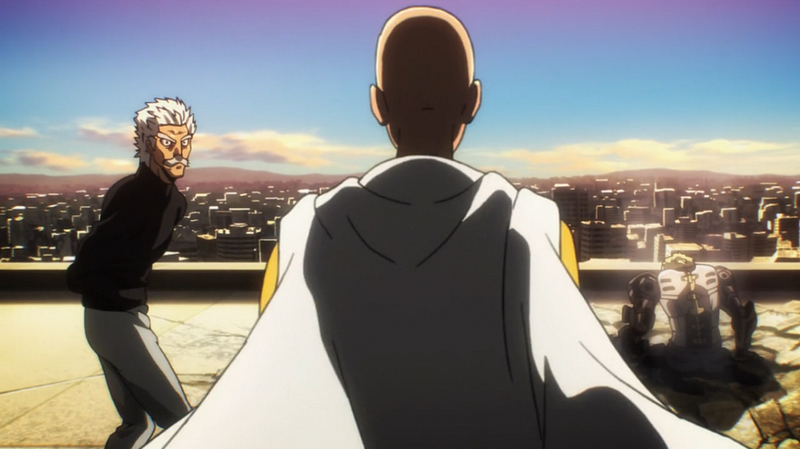
How hard would you have to punch the incoming asteroid to stop it? It sounds like a physical impossibility, but it’s the science of physics itself that allows us to come up with the answer. If you were a strong enough hero, it isphysically possible! All we need to do is quantify it. Asteroids, when they strike Earth, typically come in with a speed of 17 km/s, while comets strike us at around 51 km/s, having come from farther out. Asteroids are rockier, denser and often larger, while comets tend to be icy, porous and frequently smaller. To merit a “9″ on the Torino scale and produce the energy of a hundred hydrogen bombs — around 10¹⁹ Joules, or the conversion of a human’s worth of matter into pure energy via Einstein’s E = mc^2 — an asteroid would need a mass of around 70 billion kg, and would measure the size of about three football fields in every dimension.
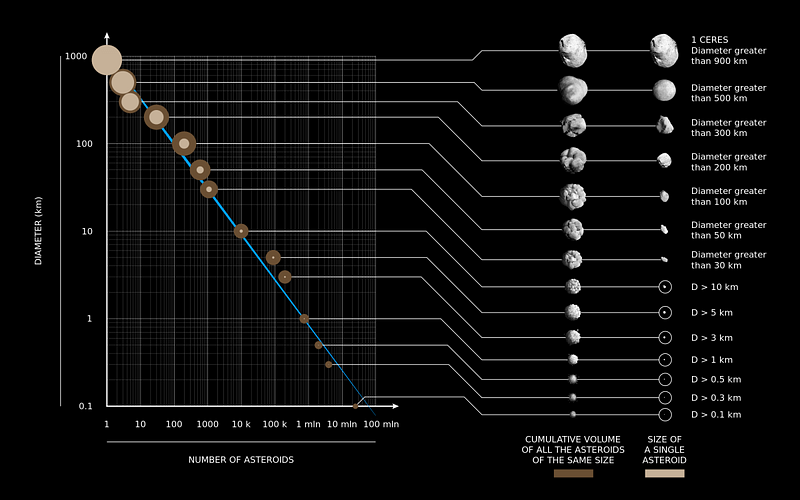
The key to stopping an asteroid with one punch, though, isn’t as much about the energy as it is about the momentum. If you can create a (mostly) inelastic collision with an equal-and-opposite amount of momentum to the asteroid, you can stop it dead in its tracks. Yes, you’ll still have 70 billion kg (or 70 million tons) of debris falling on your city, but a slew of rocky debris falling from a height of a few hundred meters is a lot less terrifying than being vaporized in a single, fiery impact. For a full-grown adult human, that means traveling at a speed of around 99.99999997% the speed of light, or 299792457.91 meters/second: 2.9 meters/second closer to the speed of light than the fastest protons in the LHC at CERN. Except it’s not a proton you need accelerated to that speed; it’s around 10²⁸ of them. It’s an entire human being.
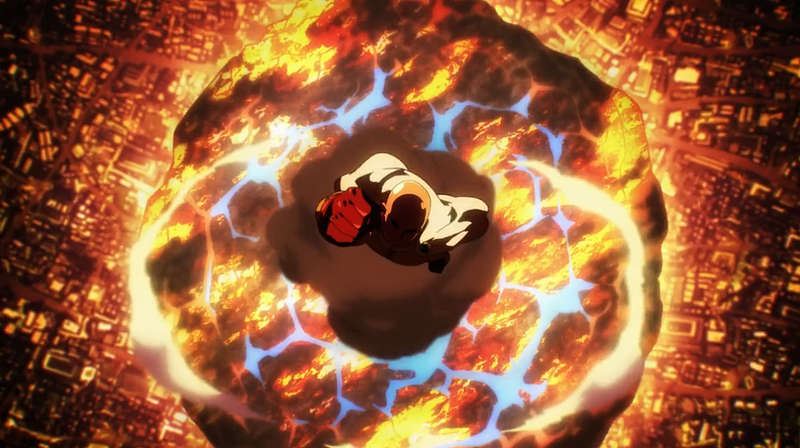
At that speed, the atmosphere would strip the electrons from your body, turning you into a fiery plasma. The “sunburn” your skin would get just from collisions with air molecules would be worse than getting hit with a lethal dose of radiation. And even worse, those atmospheric particles you encountered would be moving so fast relative to you that they would spontaneously begin producing matter/antimatter pairs. And when you finally struck the meteor, all the kinetic energy from both you and the meteor would get released in an incredible blast — those hundred Megatons’ of TNT worth of energy still need to come out somewhere — and would send a terrifying shockwave spherically outwards in all directions, likely circling the globe many times before dissipating. Being at “ground zero,” it’s tough to see how you’d have any chance of surviving.

But if you were strong enough to stop a meteor, and to propel yourself faster than an LHC proton, perhaps these physical constraints wouldn’t stop you, either. Stopping a meteor, it’s fair to say, would truly take the strongest hero. But if you can jump fast enough, hold your body strong enough, and transfer your momentum into the meteor (and as much of the energy as possible into breaking the meteor apart), you just might save the city after all.
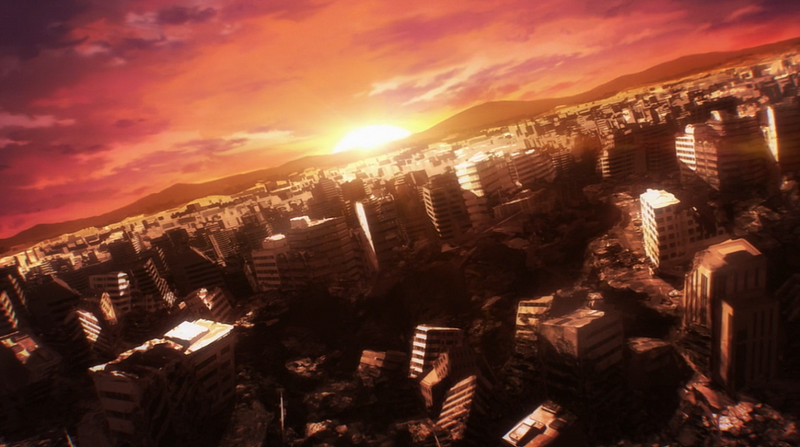
Mostly.
This post first appeared at Forbes, and is brought to you ad-free by our Patreon supporters. Comment on our forum, & buy our first book: Beyond The Galaxy!


